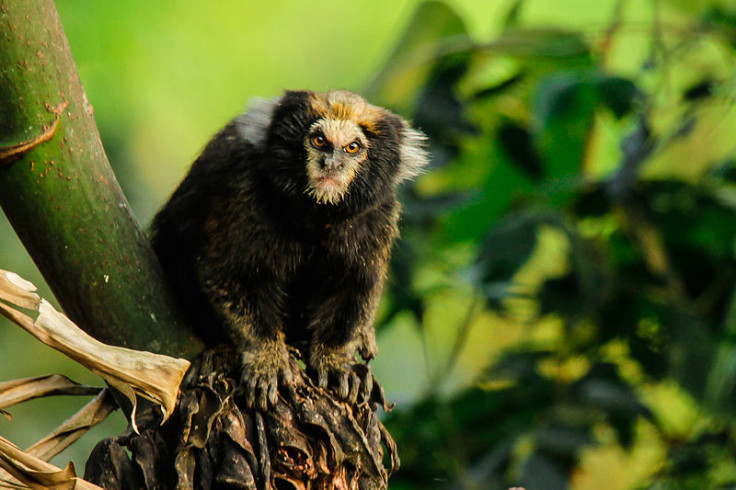Sixth Great Extinction: Humans Speed Up Species Extinction Rate 1,000-Fold

The rate of extinction of species on Earth is around 1,000 times faster it was before humans existed, new reseach has shown.
The study, which examined past and present rates of extinction, found a lower rate in the past than scientists originally thought. It also revealed plant and animal species are disappearing from Earth around ten times faster than previously believed.
Stuart Pimm, a biologist from Duke University and the leader of the study, said our planet could be on the verge of a sixth great extinction. "Whether we avoid it or not will depend on our actions," he told the Associated Press.
The research focused on contemporary rates of extinction, using databases such as the Red List of Threatened Species. Concentrating on the rate, not the number, of species disappearing from Earth, Pimms' team calculated a "death rate" of how many species become extinct each year out of one million species.
One of the main factors for the increased rate of extinction is habitat loss as a result of human development. Other factors include invasive species, climate change and overfishing.
The buffy-tufted marmoset is under threat - a New World monkey found in the forests of southeast Brazil. According to the Washington Post, a "tremendous increase in human population and widespread, largely uncontrolled forest destruction" which has placed the species in danger.
The oceanic whitetip shark is also gradually disappearing. Boris Worm, a Dalhousie University marine biologist, told the Sante Fe New Mexican newspaper that the sharks, which were at one point the most abundant predators on Earth, could "go the way of the dinosaurs".
Mass extinctions have occurred five times during our planet's lifetime. Around 66 million years ago, one such extinction wiped out the dinosaurs and around three out of four species on Earth. The Great Dying, approximately 252 million years ago, saw 90% of the world's species disappear.
Yet all is not lost. Pimm told Live Science that he had hopes that new technology, such as smartphone applications such as iNaturalist, would allow conservationists and ordinary people to better protect endangered species.
Pimm added that new maps of endangered areas and species are also a vital tool. Clinton Jenkins, of the Instituto de Pesquisas Ecológicas in Brazil and co-lead author of the new study, manages Biodiversitymapping.org, which makes the information available to the public.
"Although things are bad, and this paper shows that they're actually worse than we thought they were, we are in a much better position to do something about that," Pimm added.
The golden lion tamarin is one success story. Thanks to campaigns and efforts of conservationists such as Save the Golden Lion Tamarin, the primate has been saved from extinction.
"Now there are more tamarins than there are places to put them," said Jenkins.
The research was published in the journal Science.
© Copyright IBTimes 2025. All rights reserved.






















